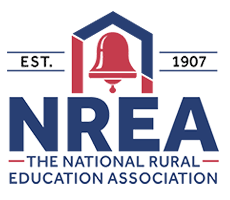Abstract
This qualitative case study examined a rural school district where many of the students live in poverty. The purpose of the study was to develop a deeper understanding of the learning disability (LD) identification process as implemented in a high-poverty rural setting. Analysis of the data revealed the prevalence of some stereotypical beliefs regarding poverty. In addition, the findings revealed use of a traditional, Intelligence Quotient (IQ)-Achievement discrepancy model rather than Response to Intervention (RTI). Furthermore, participants conveyed that their deliberations do not typically include the legally required consideration that other factors (such as poverty) may be the primary reason that the student is struggling. Recommendations include providing educational activities to challenge stereotypical beliefs about people living in poverty, considering socioeconomic reform in discussions about school improvement, supporting teachers in their efforts to meet the needs of all students in their classrooms, and implementing assessment methods designed to help students receive the assistance needed as early as possible.
Creative Commons License

This work is licensed under a Creative Commons Attribution 4.0 International License.
Recommended Citation
Chandler, R.
(2014).
Teachers’ Beliefs about Poverty and the Impact on Learning Disabilities Identification in a Poor, Rural School District.
The Rural Educator, 35(3).
https://doi.org/10.35608/ruraled.v35i3.347



